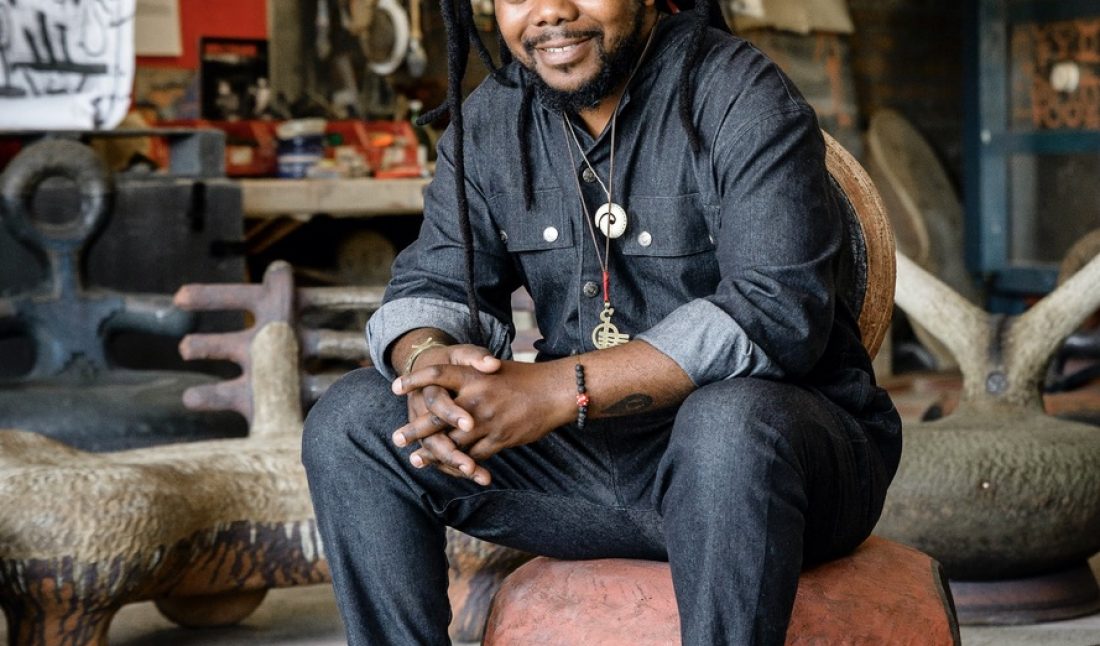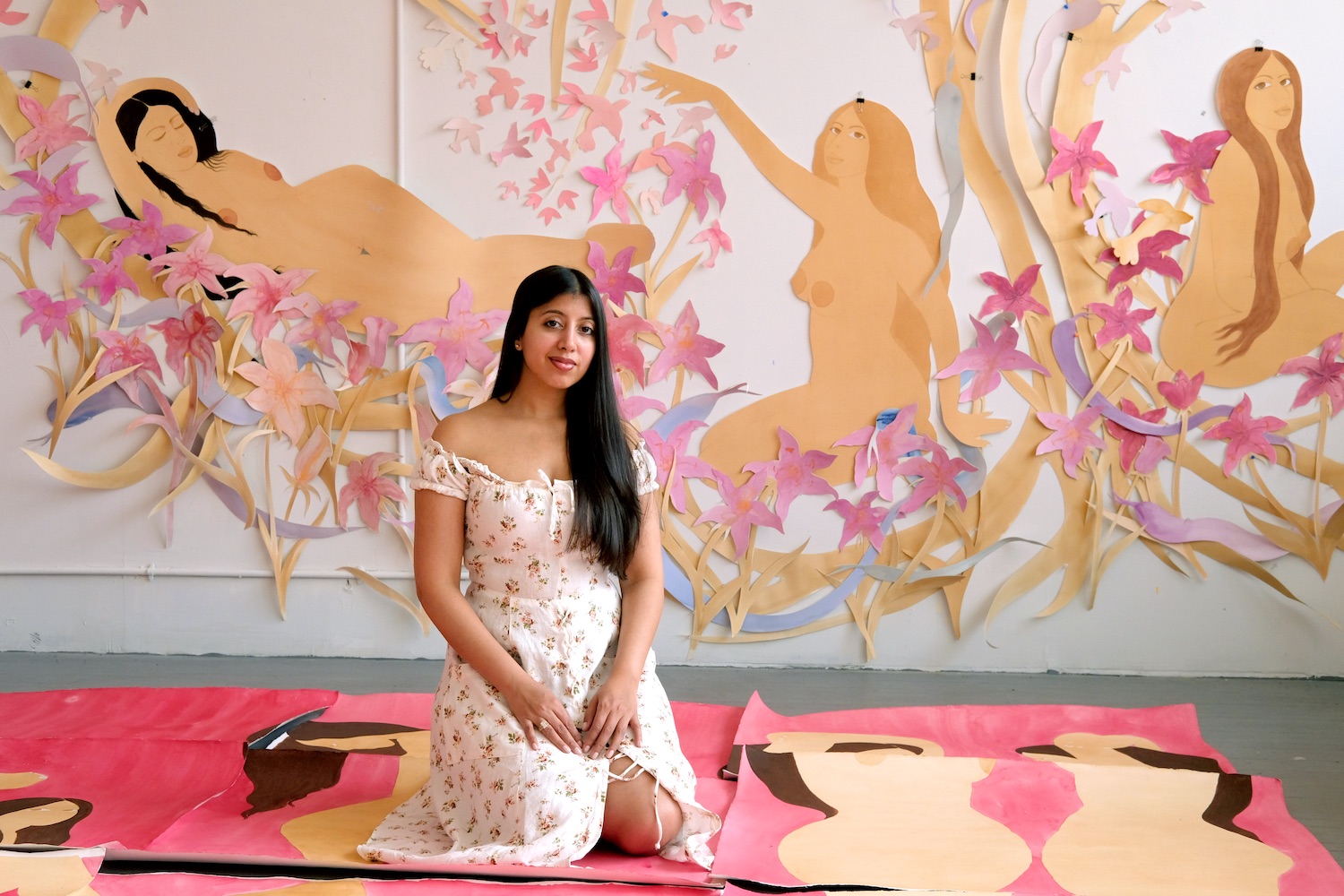From April 29 to May 22, more than a dozen ceramic stools were arranged around a hearth at Friedman Benda gallery in New York. The series of seating, entitled “iThongo” (meaning “ancestral dreamscape” in Xhosa) were made by the South African artist Andile Dyalvane. Using traditional hand coiling techniques, the artist created the works featuring symbols that came to him in dreams—each for Xhosa words like “sunset,” “drum,” or “herdsman.”
Created for a ceremonial gathering, the pieces were first used by Dyalvane’s family and friends in his hometown of Ngobozana on the Eastern Cape, and later exhibited in Cape Town’s Southern Guild, before coming to New York.
The artist spoke to Whitewall from Cape Town, where he shared the spiritual nature of his practice.
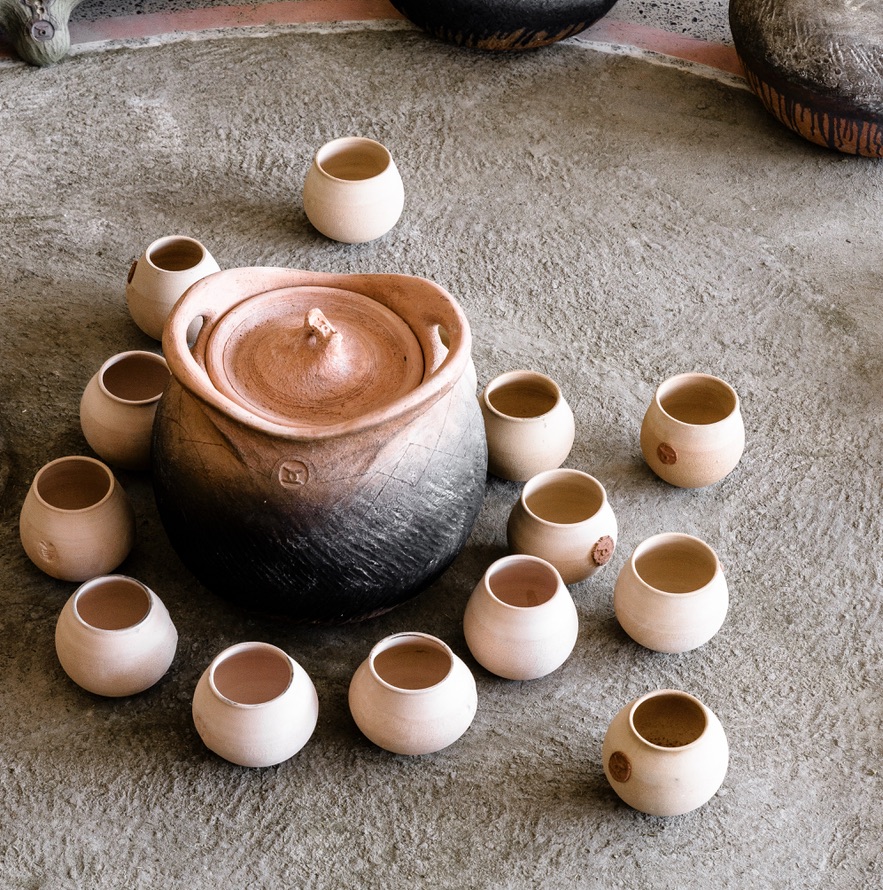 Photos by Adriaan Louw, courtesy of Friedman Benda, Southern Guild, and Andile Dyalvane.
Photos by Adriaan Louw, courtesy of Friedman Benda, Southern Guild, and Andile Dyalvane.
WHITEWALL: For “iThongo,” you collaborated with a number of artists like sound healer and musician Nkosenathi Ernie Koela, healer and poet Sisonke Papu, and textile artist Onesimo Bam. What role does collaboration play in your practice?
ANDILE DYALVANE: One has to understand their creative process in terms of what sort of rituals one does in order for them to create the atmosphere and environment that helps to bring these dreams to the fore, so one can translate them into these objects.
I create an atmosphere in the studio where I paint the sage, put on a beautiful soundscape, to balance the environment and energy around me so I can create the work. It’s also for anyone who comes in and experiences the making of the work—they can sense the groundedness, quietness, stillness of me when I’m working.
Every time I dream of a symbol, it is coupled by an activity, a structure, a plant or root. Sometimes I don’t know what they mean. I consult with them or an elder this vision, asking what does this mean? That was important to me to find other people that have better tools of explanation.
“iThongo” is an ancestral dreamscape, which are messages that we are gifted by our ancestors in a way of reminding us, guiding us, warning us of certain things, educating us. Working with these individuals is helping to echo the message and extend its understanding. Collaboration is about giving and receiving and growing together for a greater picture.
WW: From what we can see on your social media of your studio practice, the videos you share, this seems to be part of your daily studio life.
AD: You are right about that. Naturally, it’s something I couldn’t run away from. In the ubuntu system, you are because of others. You are the child not only to your parents, but for the greater community. A child is raised by a village, and whenever that child is succeeding the whole village celebrates. If you open yourself to such, then you are bound to have a much more rich, textured community. That goes with the work that I do. It is a very spiritual body of work. I have to go through myself the choice of how I make it, the choice of the medium and colors, but that’s first just a vision of it. You really can sense this energy of iThongo—the healing energy of the clay, but also of the makers I involved in the space.
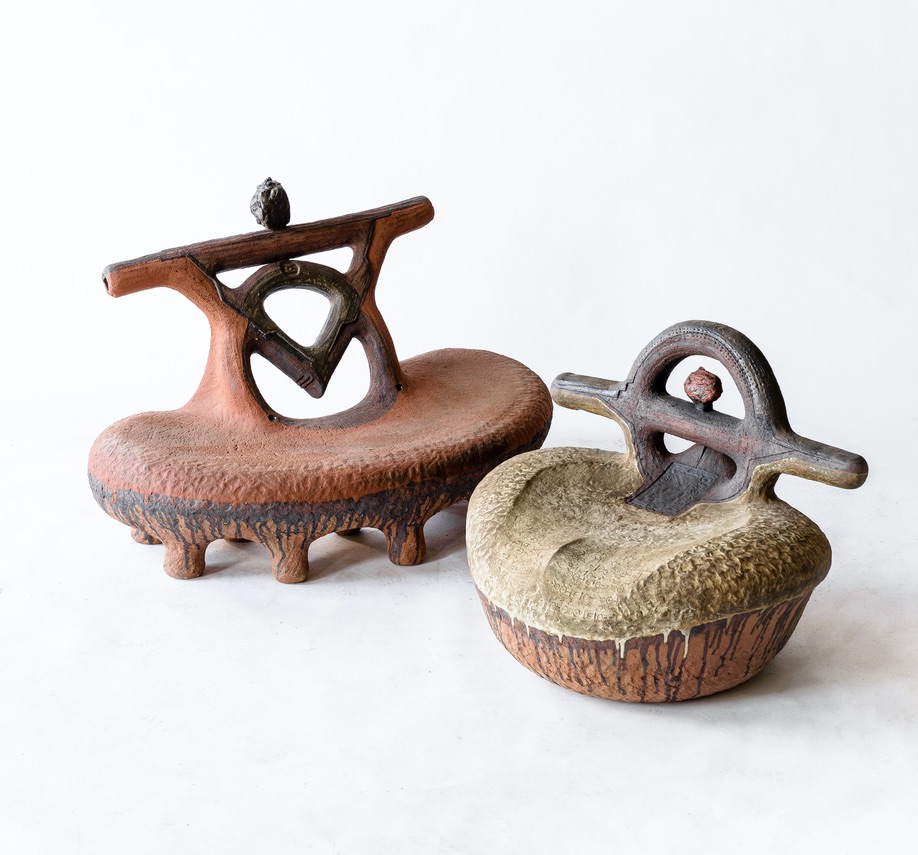 Photos by Adriaan Louw, courtesy of Friedman Benda, Southern Guild, and Andile Dyalvane.
Photos by Adriaan Louw, courtesy of Friedman Benda, Southern Guild, and Andile Dyalvane.
WW: And there’s something about clay, in it comes from the earth, you fire it, it has this element of taking in what it’s surrounded by.
AD: Yes, it’s such a beautiful and powerful medium. It’s been around for the longest of years. You find clay in the bottom of the riverbed, from all of the plant life and organisms and insects’ and fishes’ remains. The minute you touch clay, you are open to the energies and ready to receive. You’re touching your ancestry there and connecting with them. They are bound to use you to communicate and evoke memories. That’s how powerful clay is as a medium of healing, as restoring.
It’s not just about making beautiful objects, I can for sure. But it doesn’t end there. Anyone can make beautiful things. There’s another layer to it. The function of this object is not just to sit—some of it is intangible, in this other realm of spirituality. You have to allow that feeling.
WW: What was it like to bring these objects to your hometown, to be used by your community?
AD: It was very important. I grew up in that village, was raised by that village family, community. I happen to be successful and people see me and celebrate, me. But they’ve never gotten to experience the fruits of their son of the soil. It was very important for me to go and give thanks and say, before it goes anywhere, “You have created this, you were part of the making of these stools.” And for the message and the purpose of this work to bring hope and dignity to my people.
Everyone has been going through the pandemic, people have lost loved ones, I lost loved ones. But for some reason we managed to really have so much energy with love and hope to share that with everyone. It was very important that the people that I know at home that struggle so much, to bring this work to them to uplift their spirit. To know that we can gather together and celebrate this and to see that there’s someone from our backyard who can stand tall and honor where we come from and who we are and what we’ve lost. To try and restore our dignity and pride.
It was quite amazing to see the children, the greater community elders, remembering who they are, remembering certain songs that they long forgotten, remembering smells, just by the gesture of holding a pot made out of clay. And the energy of that, there’s nothing that can surpass seeing that feeling. Seeing the way people carry themselves, stand tall, just by the gesture of this pot.
It really fulfilled me and made me aware that this work is not for me, it’s for everyone who has been displaced emotionally just to be still, take a seat, take a moment, and give thanks.
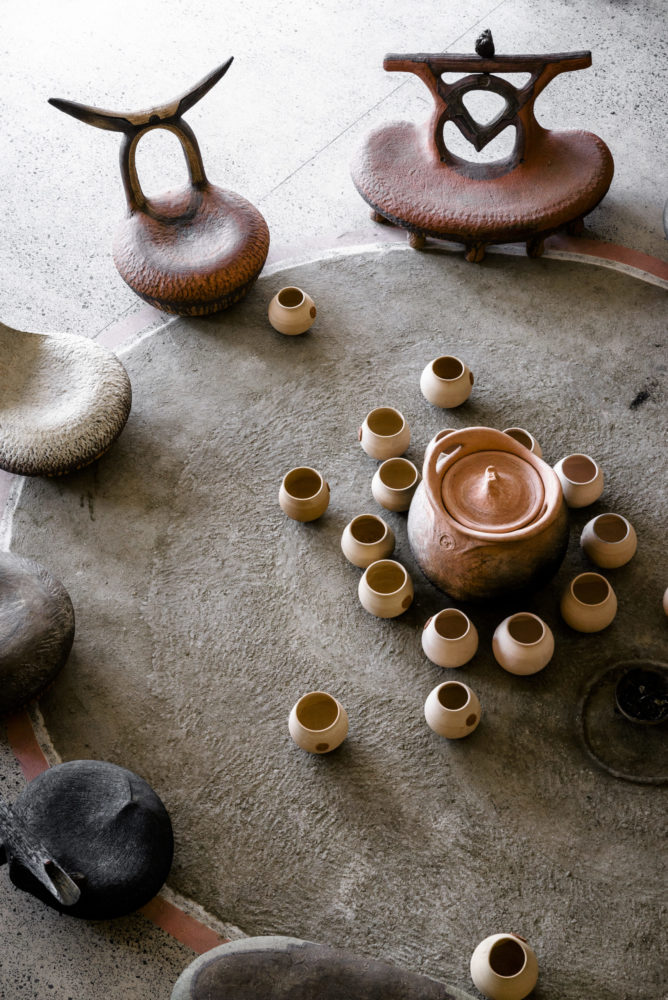 Photos by Adriaan Louw, courtesy of Friedman Benda, Southern Guild, and Andile Dyalvane.
Photos by Adriaan Louw, courtesy of Friedman Benda, Southern Guild, and Andile Dyalvane.






